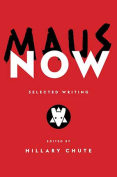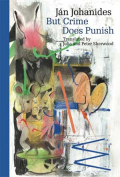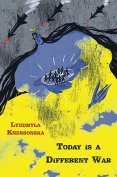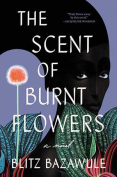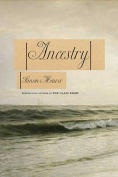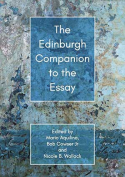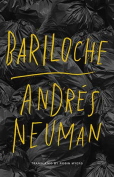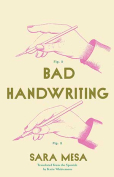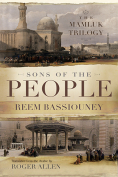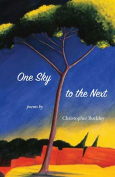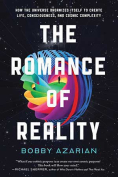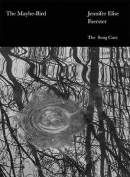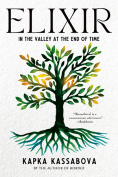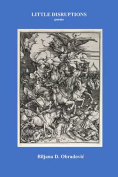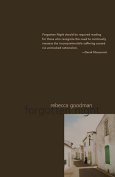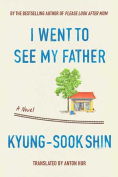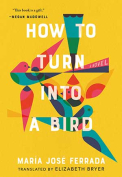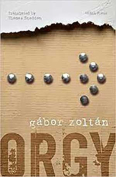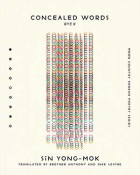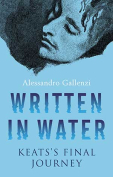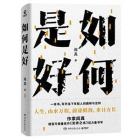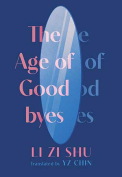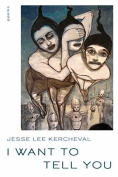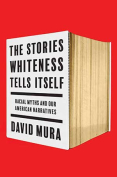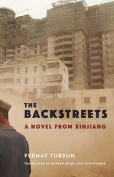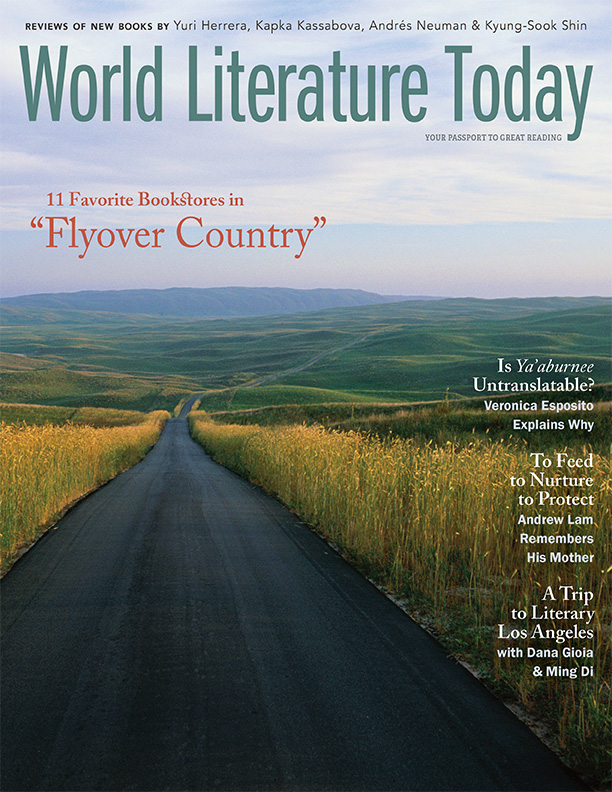The Age of Goodbyes by Li Zi Shu
 New York. Feminist Press. 2022. 376 pages.
New York. Feminist Press. 2022. 376 pages.
The Age of Goodbyes, recipient of the China Times Open Book Award, is a captivating English-language debut for best-selling author Li Zi Shu (WLT, March 2023, 34). Li’s novel takes place in a world mirroring the real-world events of her own. The novel begins on page 513, a reference to the May 13 race riots that took place between the Malay and Chinese in 1969. By beginning the novel here, Li marks the importance of the event on the lives of her characters, even if direct reference to it is mysteriously absent in the novel. She combines this history with an experimental, three-tiered story structure, each story featuring a different narrative voice and unfolding in a different time period. In the three storylines, Li explores the tension between official political memory and personal memory. The question of where, and with whom, the reader should place their trust lingers beneath the surface of each narrative.
The first narrative follows a Chinese Malaysian woman named Du Li An. In the aftermath of May 13, she marries a gangster named Steely Bo and grows into the role of “boss lady.” On the surface, Du’s story presents itself as the most trustworthy of the three because it follows the most traditional story structure; however, mystery weaves through her story just like the others. Du Li An eventually begins an affair with her stepdaughter’s boyfriend, who happens to be the identical twin of a previous lover. The second narrative voice in the novel is also an identical twin, but is it the same twin in Du Li An’s story? The novel leaves it up to the reader to determine the truth (if it exists) in this potential connection.
Li’s skill at upending traditional storytelling shines in the second and third narratives. The second narrative follows an adolescent “you” in the aftermath of their mother’s death. Li’s decision to write in second person for this narrative deftly weaves the reader into the life of the child, but you (the reader) might find yourself doing a double take upon discovering that you (the child) are also reading from a book called The Age of Goodbyes. In fact, The Age of Goodbyes is referenced within all three narratives. Li’s metafictional references, such as the book within her book, wind through each narrative.
The final narrative is also framed through second-person narration; however, the subject in this storyline is referred to as the Fourth Person. This literary critic obsesses over the works of Shaozi, the pen name for a woman who is rumored to be named Du Li An. This prompts another moment of déjà vu for readers. Is the Fourth Person’s object of fixation the same Du Li An from the first storyline? As the Fourth Person hunts for a verifiable truth, we search eagerly alongside them.
It is easy to grow restless as each chapter rotates between the three narratives, and you feel like you’re no closer to the truth of the story than when you began. This feeling is mirrored in the novel’s characters as well. Take the second-person narrator, whose mother used to send him on adventures to find items she supposedly hid around the hotel they lived in. The child never finds the treasures, but the hope that she might have told the truth propels him to continue his search. In many ways, the reader’s journey is mirrored in the child’s search for treasure. Just maybe, you think, Li might have tucked the truth of each story right around the corner; you cannot help but keep reading in the hopes of solving the mystery.
The elusive connections between the storylines are denied easy resolution, reflecting on the ways personal memories often differ from official histories. In the ordinary lives of the novel’s characters, everything is a possibility, and there is never an absolute version of the past. As each narrative weaves and unweaves through the others, it becomes clear that Li is not interested in offering the reader an absolute truth, no matter how much they may want it. It is unsettling and at times frustrating as a reader, but it is also a more truthful representation of memory and the past.
Metafictional storytelling and its multitiered structure give the book a unique perspective, offering an inventive mode of storytelling to write about memory and history. Official histories gesture toward a broad, singular narrative; Li’s book highlights the opposite. The Age of Goodbyes rejects the rigid boundaries of an official memory of the past and moves us toward the elusive, unverifiable memories of the individual.
Kerry Scroggie
University of Oklahoma
